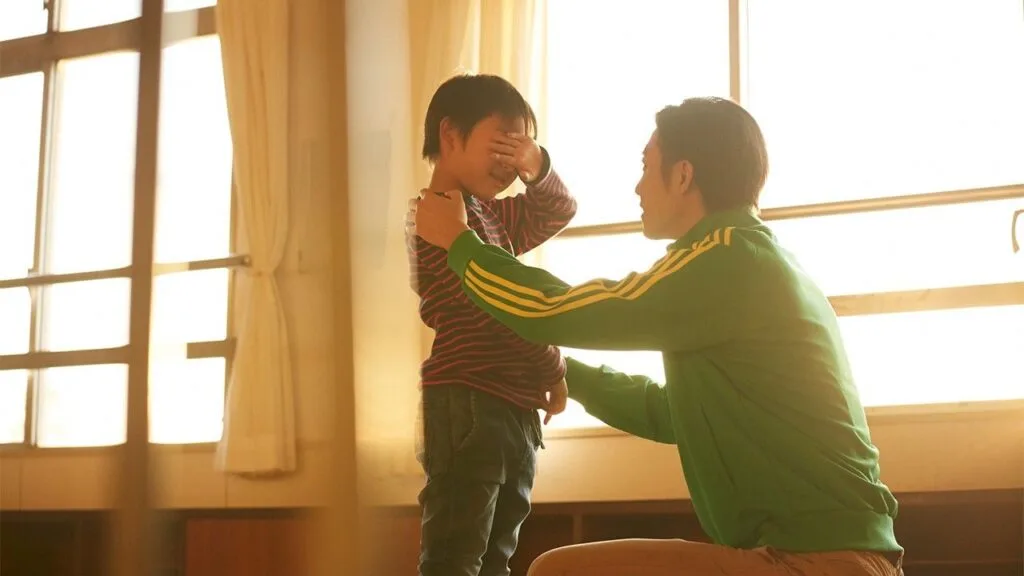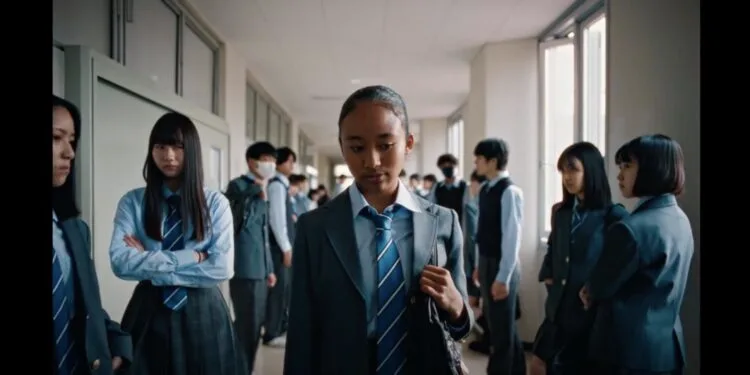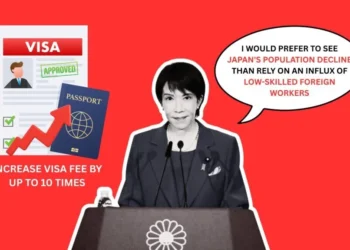No products in the cart.
The #1 Problem of Bullying in Japan: Is It Getting Worse?
In Japan, bullying, referred to as ijime (いじめ), is a major concern that affects the educational system and the well-being of students. Rooted in the cultural emphasis on social harmony and group conformity, bullying in Japan often takes on a unique form that is influenced by societal expectations. While bullying is a global issue, Japan’s educational culture and its value of uniformity can make the problem particularly severe. In this post, we’ll dive into the issue of bullying in Japan, examine the groups most vulnerable to it, especially mixed-heritage children, and question whether this issue has reached a critical point.
The Cultural Roots of Ijime
Bullying, or ijime (いじめ), has been a pressing issue in Japan for many years, often linked to the societal pressure to conform. In Japanese culture, there is an immense emphasis on fitting in, following rules, and maintaining social harmony. From an early age, children are taught to blend in with their peers and avoid standing out. This focus on uniformity can foster an environment where those who don’t meet societal expectations are singled out for mistreatment.
Ijime can take many forms, such as physical violence, verbal insults, exclusion, and online harassment. According to a 2022 survey by Japan’s Ministry of Education, around 20% of students reported having been bullied during their school years, shedding light on how widespread the problem has become. This figure underscores the gravity of bullying as a major issue in Japanese schools.
Who Gets Bullied in Japan?
While bullying impacts children across the board, some groups are more vulnerable than others. Those who stand out or fail to meet societal expectations are often targeted. This includes kids who are perceived as different in terms of their appearance, behavior, or family background. Among the most affected are children with mixed heritage, particularly half-Japanese children.
The Struggles of Half-Japanese Children
Children born to one Japanese parent and one foreign parent, often referred to as hafu (ハーフ), can face distinctive challenges in Japan. Even though they are Japanese citizens, they are sometimes regarded as outsiders due to their mixed ethnicity. Their physical traits, such as lighter skin or different facial features, as well as accents when speaking Japanese, can make them more likely to be singled out by their peers.
This issue tends to be more severe in rural areas, where diversity is less common compared to the urban environments of cities like Tokyo and Osaka. A 2018 report by the Japan Times highlighted that half-Japanese children experience higher rates of exclusion and verbal bullying compared to their fully Japanese peers. They are often subjected to derogatory terms like hafu, which can carry negative connotations depending on the context. The bullying stems largely from a lack of understanding of their mixed heritage, leading to feelings of isolation and confusion for these children.

The Emotional Toll on Half-Japanese Children
The emotional toll on children who experience bullying, especially half-Japanese children, can be profound. Many students who suffer from ijime develop a sense of alienation and depression. The stigma attached to being “different” can severely affect a child’s self-esteem, leading to long-lasting psychological scars. In some extreme cases, bullying has led to tragic outcomes, including suicide.
A tragic example of this occurred in 2013 when a 13-year-old girl of mixed Japanese and Filipino descent named Lisa died by suicide after enduring years of bullying at her school. According to reports, Lisa was often mocked for her dark skin and foreign appearance, and her classmates even made her carry a sign saying, “I’m a half,” as a form of humiliation. This heart-wrenching case brought national attention to the plight of half-Japanese children and the severity of bullying in schools.
Is Bullying Too Much in Japan?
The question remains: is bullying in Japan too much? The answer is not simple, as bullying is a complex issue that involves both individual and systemic factors. However, the overall impact of bullying in Japan is undeniably serious.
High-Pressure School Environment
Japan’s intense academic and social pressures play a significant role in the prevalence of bullying. Students in Japan are often subjected to rigorous educational standards, long school hours, and intense competition. This pressure can create an environment where students are more likely to be targeted if they don’t fit in with the group. The emphasis on uniformity and conformity, while creating a sense of unity, can also foster an atmosphere where deviation from the norm is punished.
Moreover, Japan’s approach to dealing with bullying often falls short. Teachers and school administrators are sometimes hesitant to intervene in bullying incidents due to cultural norms that discourage confrontation and individual action. There is also a lack of support systems for students who are victims of bullying, which exacerbates the problem. The Ministry of Education has made strides in addressing the issue, but experts argue that more needs to be done, especially in terms of providing emotional support for students and raising awareness about bullying prevention.
Media Representation and Public Awareness
In recent years, there has been a growing awareness of the issue of bullying in Japan, partly due to media coverage and public campaigns. However, many critics argue that these efforts are still not enough to tackle the root causes of bullying. The media often focuses on high-profile bullying cases, such as the suicide of the young girl mentioned earlier, but this sensationalism does little to address the underlying social dynamics that allow bullying to thrive.
Additionally, while Japan has made progress in recognizing the issue, there remains a stigma surrounding mental health, making it difficult for victims to speak out or seek help. This cultural reluctance to acknowledge emotional struggles may contribute to the normalization of bullying and prevent real change from occurring.
What Needs to Change?
To effectively tackle bullying in Japan, particularly for half-Japanese children, there must be a change in societal perspectives and the way schools handle the issue. It’s essential to promote a culture of inclusion where differences are celebrated instead of feared. Schools should prioritize integrating programs that teach empathy, understanding, and respect for diversity from a young age, so children grow up with these values at the forefront.
Moreover, there must be a stronger focus on supporting bullying victims. Mental health resources, such as counseling services and peer support systems, should be more readily available for all students, not just those who speak out about their experiences. By creating a safe and supportive space for students to seek help, we can reduce feelings of isolation and foster a greater sense of community among all children.
Conclusion
Bullying in Japan is still a serious concern, and despite ongoing efforts, much more needs to be done to address it effectively. Children, especially those from mixed backgrounds or marginalized groups, continue to suffer emotional and psychological effects from bullying.










